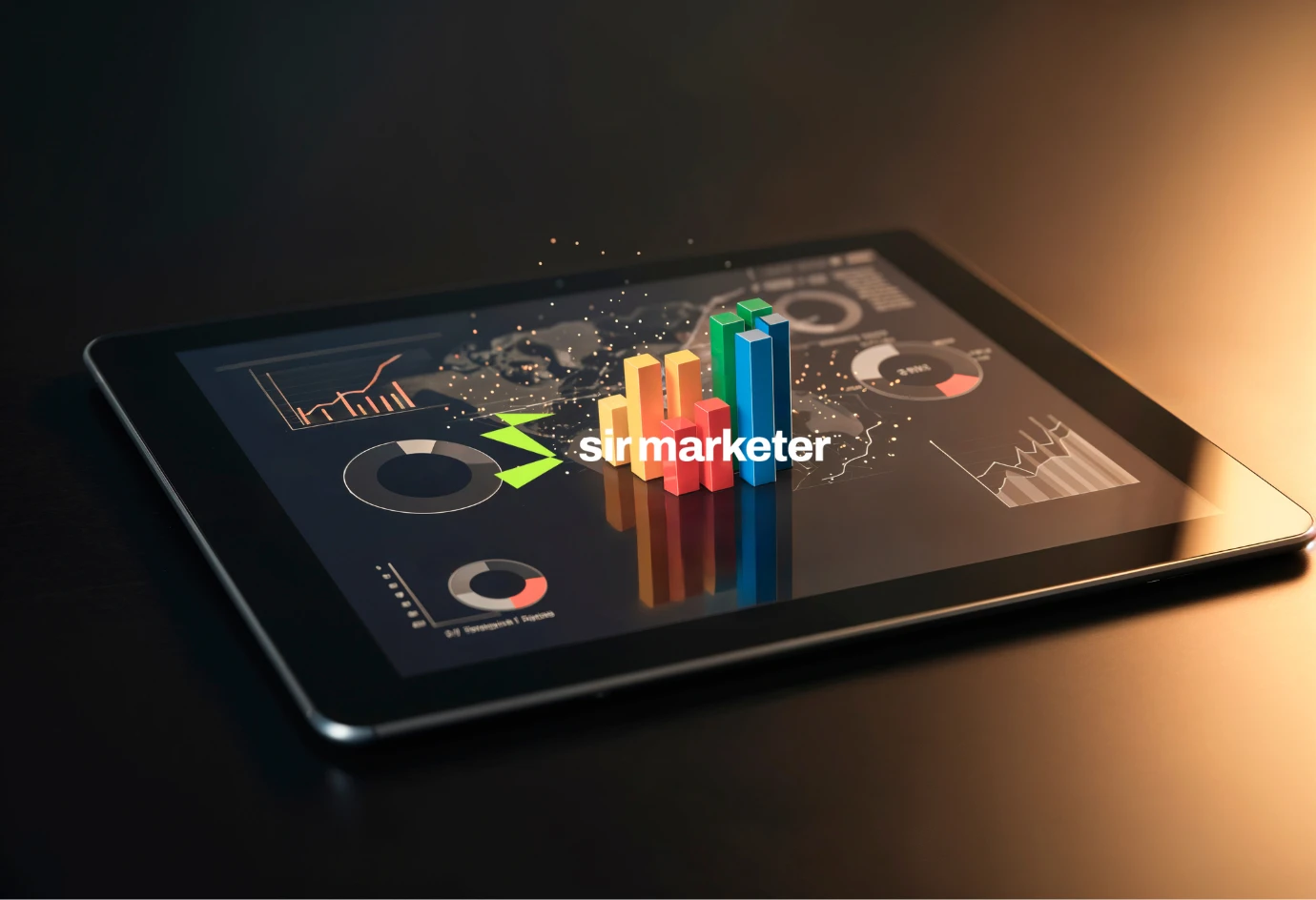

Today’s digital audience doesn’t just want to read or watch content—they want to interact with it.
In 2025, static content is quickly being replaced by experiences. Think quizzes, polls, live chats, interactive videos, calculators, product configurators—this is interactive content marketing.
And it works.
Studies show that interactive content generates 2x more engagement than static formats and increases conversion rates by up to 40%. It doesn’t just inform—it involves, personalizes, and converts.
In this blog, we’ll explore the rise of interactive content marketing, how it drives real-time engagement, and how to use it strategically across your website and campaigns.

“Interactive content is not the future of marketing—it’s the present you can’t afford to ignore.”
— Sir Marketer, Digital Dream Team

Interactive content marketing involves digital experiences that require active participation from users.
Unlike passive content (blogs, infographics, videos), interactive content invites users to engage, make decisions, and get customized results.

It’s not just fun—it’s functional.

Several trends are fueling the boom in interactive content:
A). Shorter Attention Spans
Interactive content grabs attention fast and holds it longer than passive reading.
B). Data Privacy + Value Exchange
As cookies disappear, brands need zero-party data. Quizzes and surveys offer value while collecting insights.
C). Rise of Mobile & Touch UX
Interactive formats are ideal for mobile-first design, improving user experience on phones and tablets.
D). AI + Personalization
Interactive content fuels personalization engines with better input data.
E). Algorithm Love
Google and social media platforms prioritize engagement-heavy content, including interaction time and click-through rates.

Let’s explore high-performing interactive formats and where to use them:
1. Quizzes & Personality Tests
Purpose: Lead generation, audience segmentation
Example: “What Type of Marketer Are You?”
Where to use: Landing pages, social media ads
2. Calculators & Tools
Purpose: Help users make decisions (e.g., ROI, pricing, savings)
Example: “Website Speed ROI Calculator”
Where to use: SaaS, finance, real estate, marketing services
3. Interactive Videos
Purpose: Increase watch time, guide decisions
Example: Click-to-choose demo walkthroughs
Where to use: Product pages, onboarding flows
4. Polls & Surveys
Purpose: Get opinions, generate insights, segment audience
Example: “Which platform gives you the most leads?”
Where to use: Blog embeds, newsletters, exit pop-ups
5. Interactive Infographics & Timelines
Purpose: Data storytelling
Example: Interactive web design evolution timeline
Where to use: Educational content, corporate history, case studies
6. Product Configurators
Purpose: Personalized product discovery
Example: Choose size, color, specs, pricing in real time
Where to use: E-commerce, automotive, tech
7. Live Chat + AI Chatbots
Purpose: Real-time help, lead qualification
Example: “What service are you looking for?” chatbot flow
Where to use: Home page, pricing page, contact page
A). Higher Engagement
Interactive content keeps users on-site longer and increases dwell time.
B). Better Lead Generation
Quizzes, calculators, and gated tools convert better—often collecting emails in exchange for personalized results.
C). Improved Personalization
The more data you collect, the better your content, emails, and retargeting.
D). Stronger Brand Connection
Participatory experiences build trust and memorability.
E). SEO Boost
Engagement signals like time on site, click-throughs, and low bounce rates improve Google rankings.



Client: E-commerce fashion brand
Challenge: High bounce rate on product pages
Solution:
58% increase in average session duration
2.3x more email signups
32% boost in conversion rate
Interactive content isn’t just shiny—it’s strategic.


Pro tip: Use WordPress plugins like QSM, Gravity Forms, or Elementor for quiz and form-based interactivity.

A). Keep It Lightweight
Don’t compromise speed—optimize all scripts and visuals.
B). Make It Mobile-Friendly
Design for thumbs, not clicks.
C). Start Simple
One question, one outcome, one CTA can still drive results.
D). Provide Instant Value
Give users something immediately helpful (not just an email gate).
E). Track Performance
Use Google Analytics + tag managers to track:
Clicks
Engagement rate
Scroll depth
Lead form completion

While Google can’t crawl everything inside an interactive element, it does track engagement metrics:
Add structured data (FAQ, How-To schema)
Include transcript or static version below your interactive content
Use descriptive alt text and captions
Embed interactive elements above the fold to reduce bounce
Sir Marketer integrates SEO best practices into every interactive strategy—from user journey mapping to on-page optimization.

What’s next?

As attention spans shrink and personalization expectations rise, interactive content will lead the next phase of content marketing.
Static content informs.
Interactive content immerses.
If you want to stand out in 2025, you can’t just publish more—you need to create experiences that move, respond, and adapt.
That’s what interactive content marketing is all about: creating real-time, two-way conversations that not only engage—but convert.
At Sir Marketer, we help businesses integrate interactive content into their digital strategy—from quizzes to configurators to calculators—to drive results that are fun, functional, and future-proof.
Our team will answer all your questions. we ensure a quick response.